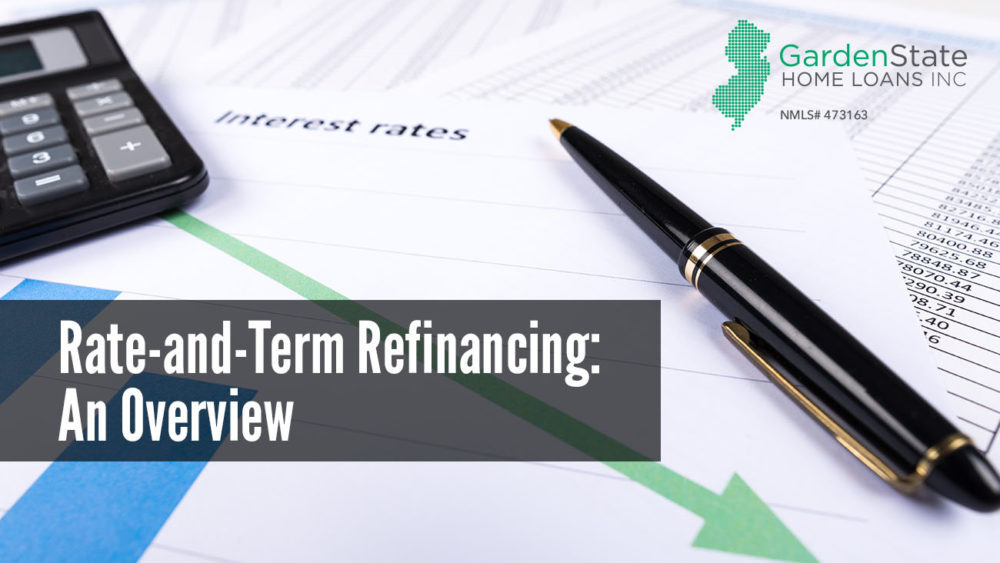
Refinancing can be a confusing and overwhelming process, as there are a variety of different options available to you. But don’t fret, you’re not alone in your confusion. Many people struggle to understand the complex differences between the many types of refinance loans. One type of refinance loan, rate and term refinancing, can be explained rather easily:
Rate-and-Term Refinancing
Rate and term refinancing is one of the most popular refinancing options. This is largely due to the low interest rates that it can reward homeowners who opt for it. Prior to the 2008 financial crisis, mortgage rates were very high, an average of 6.52%. After the housing market crashed, mortgage rates plummeted to just above zero, prompting homeowners to utilize a rate-and-term refinance in order to secure a lower interest rate.
With a rate-and-term refinance, the amount of your loan stays the same, while your loan terms are renegotiated. Through a rate-and-term refinance, you can lower your interest rate, decrease your monthly payment, or even shorten the life of your loan. Say, for example, you want to switch from a 30-year mortgage to a 15-year mortgage, in order to pay off your mortgage faster. Through a rate-and-term refinance, you can do just that! In the long-run you will save yourself money, as longer-term loans result in more money paid in interest over time. If you choose to refinance to lower your monthly mortgage payments, you can negotiate to increase the length of your loan, saving yourself money in the short-run while paying more in interest over the long term.
As always, be sure to weigh all of your options and figure out what’s best for you before making any decisions. Deciding if and how to refinance requires a deep understanding of your personal finances and financial needs.


Comments are closed.